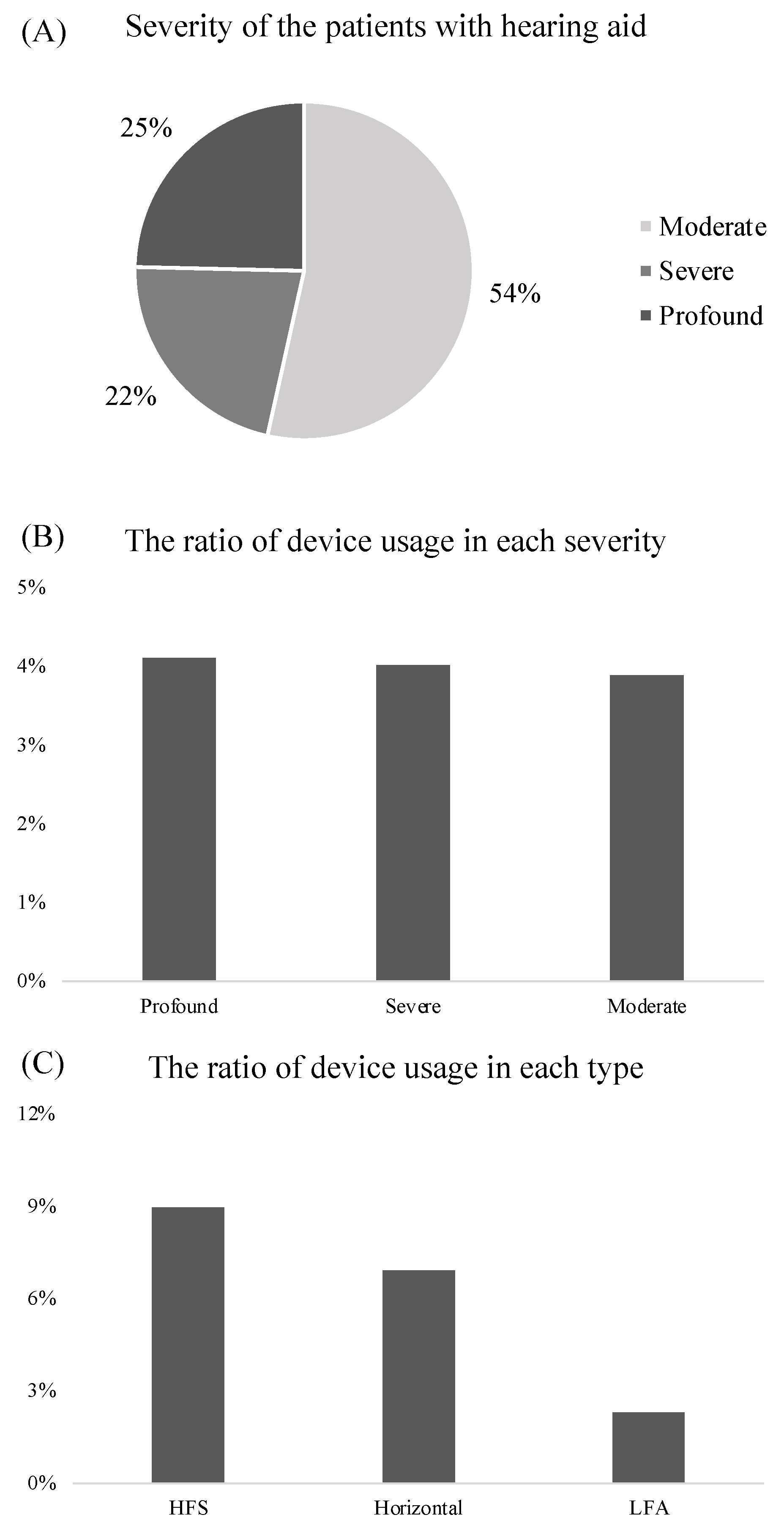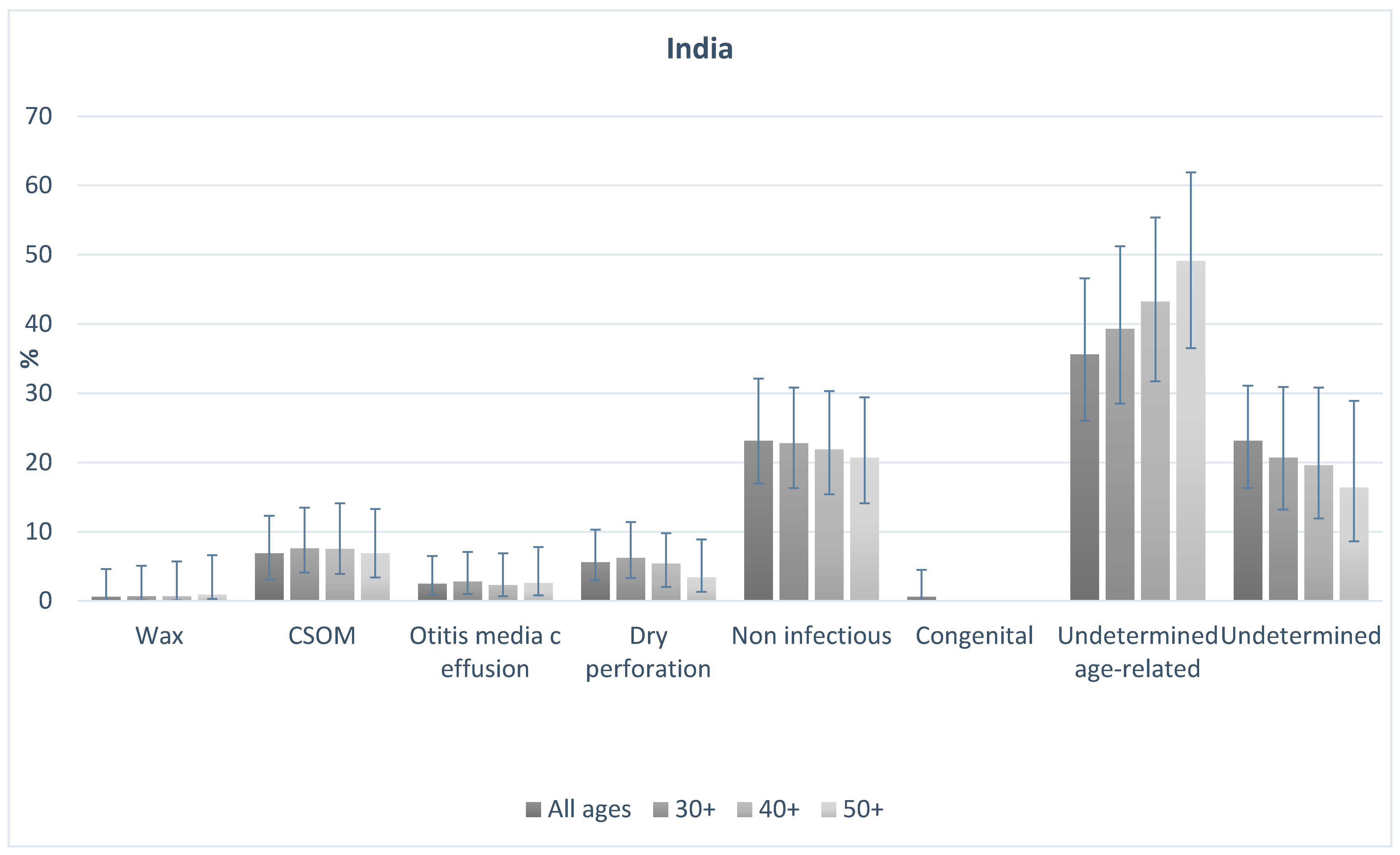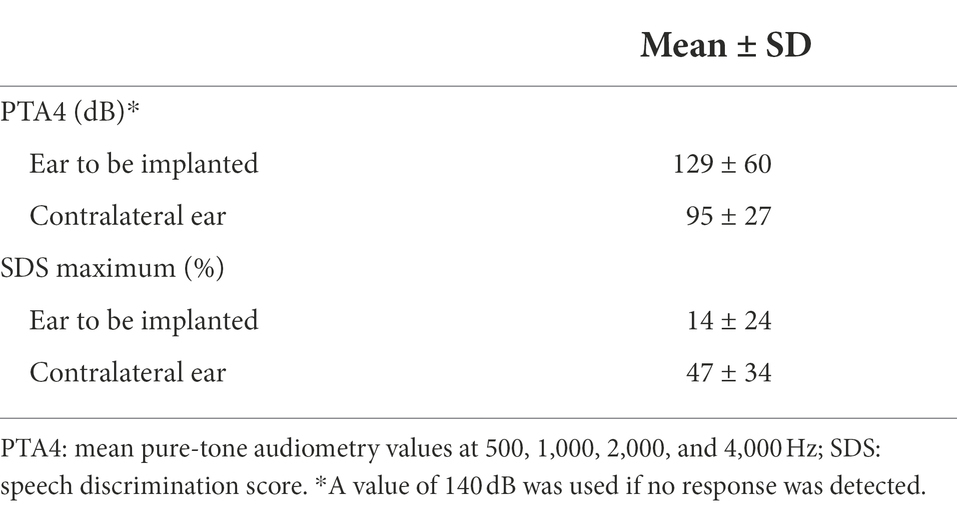The Prevalence of Hearing Loss: A Growing Concern
Table of Contents
- Demographics concerning the UCI group, in particular etiology of ...
- Hearing Loss Infographic Hearing Loss Facts - vrogue.co
- Music in the time of hearing loss – IndSciComm
- JCM | Free Full-Text | Etiology, Severity, Audiogram Type, and Device ...
- Hearing Loss Infographic on Behance
- IJERPH | Free Full-Text | Rationale for a Rapid Methodology to Assess ...
- Frontiers | The effect of risk factors on cognition in adult cochlear ...
- IJERPH | Free Full-Text | Rationale for a Rapid Methodology to Assess ...
- Hearing Loss Infographic at Brendan Gates blog
- Audiograms and Prevalence of Hearing Loss in U.S. Children and ...


Hearing loss is a significant public health concern that can have a major impact on a person's quality of life. It can affect a person's ability to communicate, socialize, and engage in everyday activities. According to the World Health Organization (WHO), approximately 466 million people worldwide suffer from hearing loss, which is about 5% of the global population. This number is expected to increase to 900 million by 2050 due to the growing aging population and increased exposure to loud noises.


Causes of Hearing Loss


- Age-related hearing loss: This is the most common type of hearing loss and affects about 1 in 3 people over the age of 65.
- Exposure to loud noises: Prolonged exposure to loud noises, such as music or machinery, can cause permanent damage to the hair cells in the ear.
- Genetics: Some people may be born with a genetic predisposition to hearing loss.
- Certain medical conditions: Certain medical conditions, such as otosclerosis or Meniere's disease, can cause hearing loss.


Statistics and Trends

40% of people with hearing loss are under the age of 60, which highlights the need for early detection and intervention. Additionally, 60% of people with hearing loss are male, which may be due to occupational exposure to loud noises. The most common type of hearing loss is sensorineural hearing loss, which accounts for about 90% of all hearing loss cases.
In terms of treatment, only 1 in 5 people with hearing loss use hearing aids, which highlights the need for greater awareness and education about the benefits of treatment. Furthermore, 80% of people with hearing loss report an improvement in their quality of life after using hearing aids, which underscores the importance of early intervention and treatment.

Audiology Infographic
For a visual representation of the prevalence of hearing loss, check out our audiology infographic below: [Insert Infographic] This infographic provides a comprehensive overview of the statistics and trends related to hearing loss, including the causes, symptoms, and treatment options. Hearing loss is a common condition that affects millions of people worldwide. It can have a significant impact on a person's quality of life, but there are many treatment options available, including hearing aids, cochlear implants, and speech therapy. By raising awareness about the prevalence of hearing loss and the importance of early detection and intervention, we can work towards improving the lives of people with hearing loss and reducing the stigma associated with this condition. If you or someone you know is experiencing hearing loss, don't hesitate to seek help from a qualified audiologist or hearing specialist.Remember, hearing loss is a treatable condition, and with the right treatment and support, people with hearing loss can lead full and active lives. For more information about hearing loss and audiology, check out our website or consult with a qualified healthcare professional.